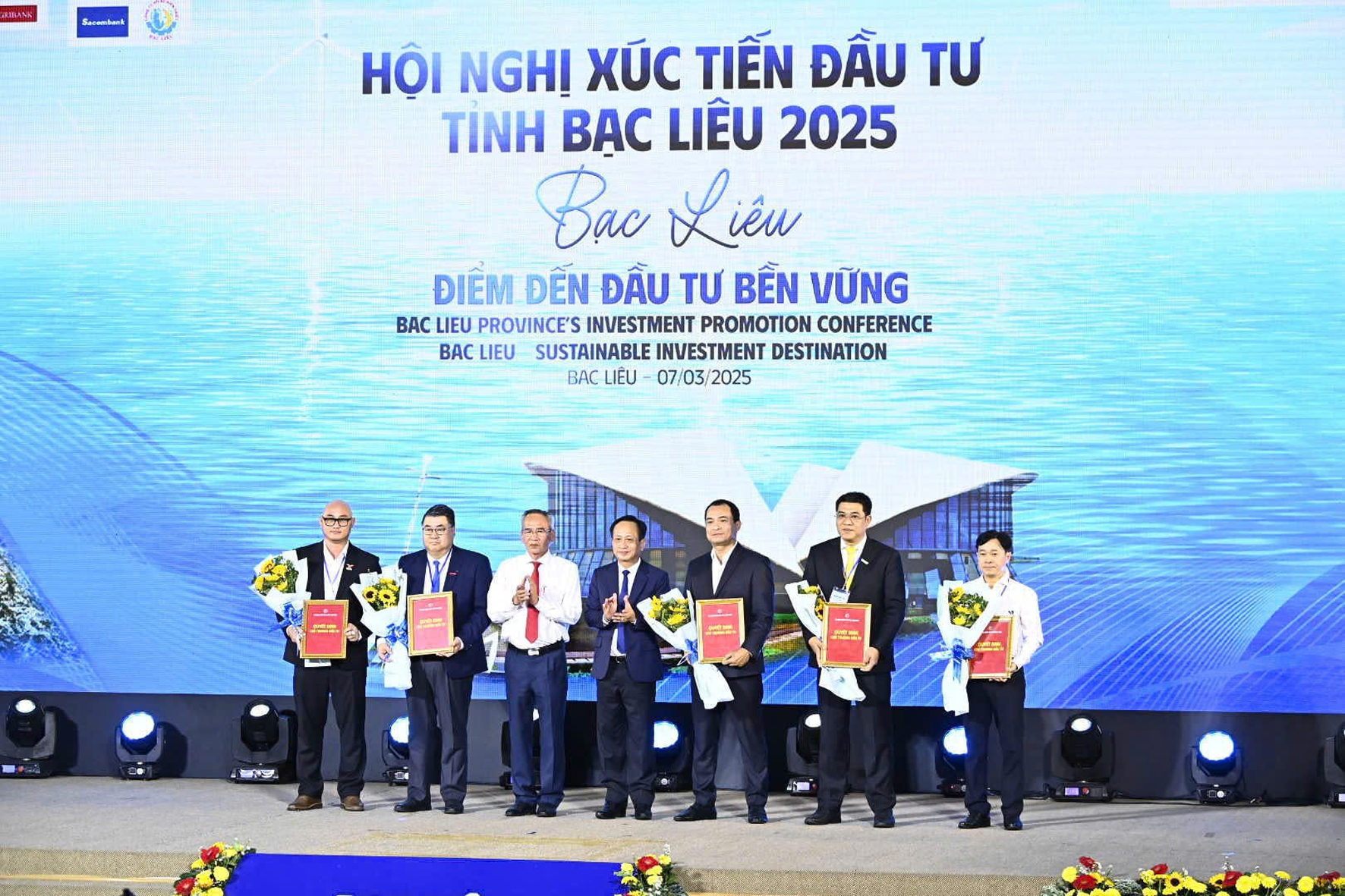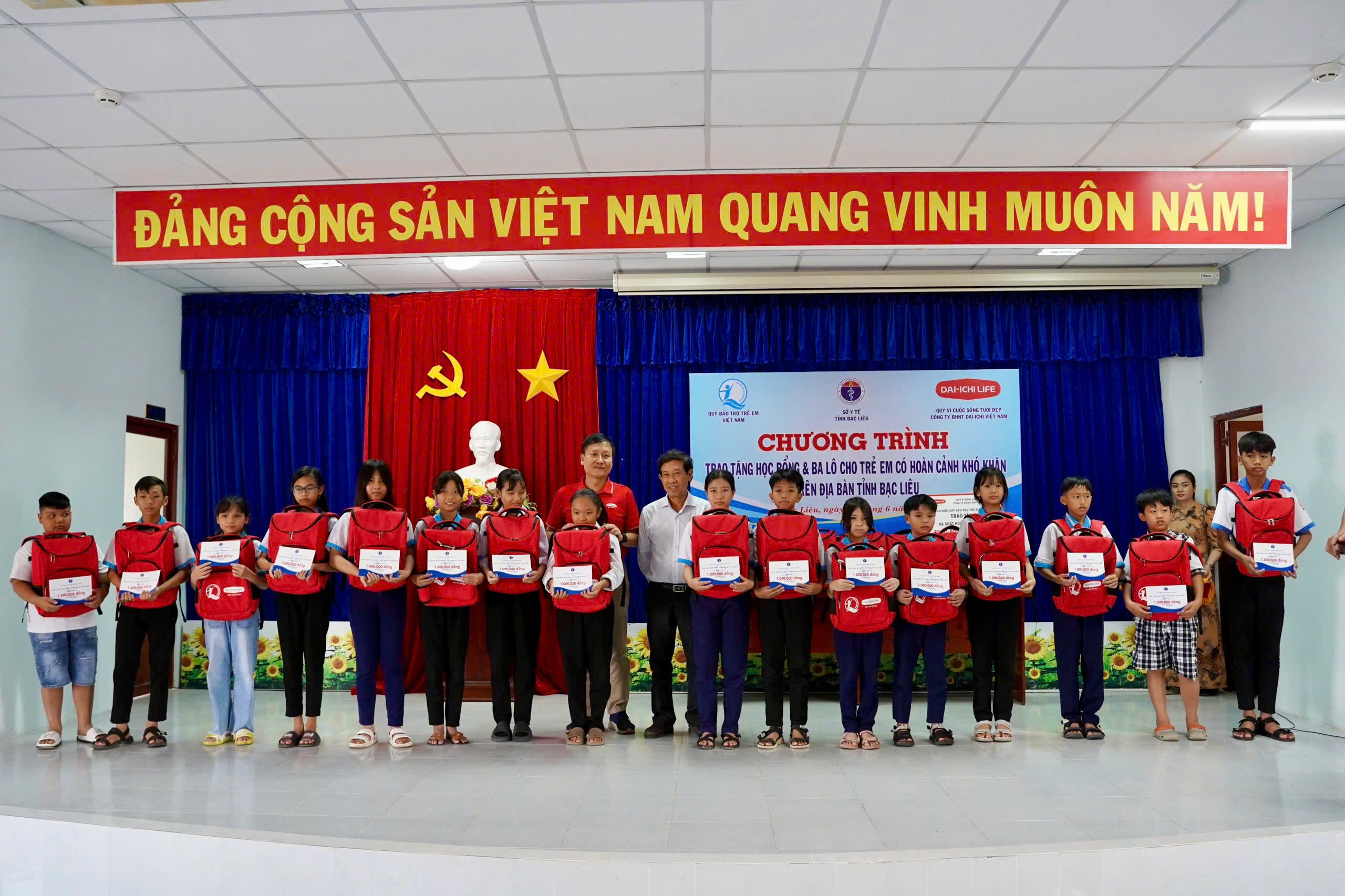Hai di sản văn hóa phi vật thể quốc gia mới được công nhận là nghề làm gốm ở Sa Huỳnh và nghề làm chiếu Cà Hom, thể hiện bản sắc văn hóa, mang đậm dấu ấn làng nghề truyền thống của địa phương.
 |
| Bộ trưởng Bộ Văn hóa, Thể thao và Du lịch đã ký quyết định đưa nghề làm gốm ở Sa Huỳnh và nghề làm chiếu Cà Hom vào danh mục Di sản văn hóa phi vật thể quốc gia, loại hình nghề thủ công truyền thống. |
Nghề làm gốm ở Sa Huỳnh
Bộ Văn hóa, Thể thao và Du lịch (VHTT&DL) đã công nhận nghề làm gốm ở Sa Huỳnh là Di sản văn hóa phi vật thể quốc gia.
Quảng Ngãi được xem là cái nôi của văn hóa Sa Huỳnh và gốm chính là linh hồn của nền văn hóa ấy. Cách đây từ 2.000 đến 2.500 năm, cư dân văn hóa Sa Huỳnh đã sản xuất ra nhiều loại đồ gốm phong phú về loại hình, hoa văn sắc sảo, họa tiết trang trí đa dạng, đạt trình độ cao cả về kỹ thuật và thẩm mỹ.
 |
| Bình gốm Sa Huỳnh. (Nguồn: Báo Văn hóa) |
Đồ gốm Sa Huỳnh phong phú về loại hình, đa dạng về kiểu dáng và nguồn nguyên liệu được lấy ngay tại nơi cư dân Sa Huỳnh cư trú. Đó là các loại hình chum, nồi, bình, bát đĩa… với phong cách chế tác đồ gốm độc đáo, thể hiện văn hoá của các cư dân vùng duyên hải Việt Nam từ hậu kỳ đá mới đến thời đại sắt sớm.
Nghề gốm Sa Huỳnh có từ lâu đời, là nghề cha truyền con nối. Qua thời gian, hiện số hộ dân vẫn giữ nghề làm gốm truyền thống đếm trên đầu ngón tay, tập trung ở thôn Trung Sơn và Vĩnh An (xã Phổ Khánh, thị xã Đức Phổ). Nơi đây nằm ngay bên cạnh đầm An Khê, cũng chính là cái nôi khai sinh ra Văn hóa Sa Huỳnh.
Khác với các loại gốm láng men mịn, với hoa văn màu sắc sặc sỡ bắt mắt, gốm Sa Huỳnh hoàn toàn là gốm mộc, làm thủ công và được nung từ 14 đến 24 tiếng.
 |
| Những người thợ phục dựng, hồi sinh dòng gốm cổ. (Nguồn: Báo Văn hóa) |
Sự hồi sinh của gốm cổ Sa Huỳnh được đánh dấu bằng việc thành lập Hợp tác xã Gốm tiền sử Sa Huỳnh vào cuối tháng 11/2023.
Hợp tác xã ra đời là kết quả của dự án “Xây dựng sản phẩm du lịch cộng đồng gắn với di chỉ Văn hoá Sa Huỳnh và đầm An Khê” do Sở VHTT&DL tỉnh Quảng Ngãi làm chủ đầu tư. Mục đích là đồng hành, hỗ trợ những người thợ làm gốm còn lại ở Sa Huỳnh phục dựng, mô phỏng từ kỹ thuật, hoa văn nhằm hồi sinh dòng gốm này.
Nghề làm chiếu Cà Hom
Tại Quyết định số 2321/QĐ-BVHTTDL do Bộ VHTT&DL ban hành, nghề làm chiếu Cà Hom của người Khmer xã Hàm Tân, huyện Trà Cú, tỉnh Trà Vinh đã được đưa vào danh mục Di sản văn hóa phi vật thể quốc gia, loại hình nghề thủ công truyền thống.
 |
| Dệt chiếu Cà Hom là nghề truyền thống đang được người dân Khmer tỉnh Trà Vinh bảo tồn, phát huy. (Nguồn: Tạp chí Công Thương) |
Nghề dệt chiếu Cà Hom tập trung ở các ấp Chợ, Cà Hom và Bến Bạ của xã Hàm Tân, huyện Trà Cú, tỉnh Trà Vinh. Làng nghề được hình thành từ những thập niên cuối thế kỷ XIX. Từ chỗ tự sản xuất, tự tiêu thụ, làm quà biếu, chiếu Cà Hom dần dần nổi tiếng, được nhiều người biết đến vào những năm 1960 đến nay, nhờ chất lượng vượt trội, độ bền, đẹp, hoa văn độc đáo.
Sản phẩm chiếu Cà Hom có thể kể đến như: chiếu trắng, chiếu màu, chiếu in hoa, in chữ, trong đó nổi bật nhất là chiếu hoa với 5 màu chủ đạo là trắng, đỏ, xanh, vàng và tím.
Hình ảnh, hoa văn thường được các nghệ nhân chọn lựa rất công phu cho từng sản phẩm của mình, phù hợp với thị hiếu của người tiêu dùng hoặc theo yêu cầu của các thương lái, đặc biệt là chiếu hoa dệt 2 mặt, đòi hỏi sự khéo léo và tinh tế, tính thẩm mỹ trong từng đường dệt.
Năm 2014, nghề dệt chiếu được tỉnh Trà Vinh công nhận làng nghề. Làng nghề cũng được đưa vào danh mục cần bảo tồn và phát triển của tỉnh do có nguy cơ bị mai một.
 |
Như vậy, đến nay, Trà Vinh đã có 8 di sản văn hóa phi vật thể quốc gia, gồm: Nghệ thuật “Chầm riêng chà pây" của đồng bào dân tộc Khmer; lễ hội Ok Om Bok của đồng bào dân tộc Khmer ở Trà Vinh; nghệ thuật “Đờn ca tài tử Nam Bộ”; “Lễ hội cúng biển Mỹ Long” thị trấn Mỹ Long, huyện Cầu Ngang; nghệ thuật Rô-băm người Khmer tỉnh Trà Vinh; lễ hội Vu lan Thắng hội huyện Cầu Kè; Lễ hội Đom Lơng Néak Tà của người Khmer và Nghề làm chiếu Cà Hom của người Khmer.
Nguồn: https://baoquocte.vn/nghe-lam-gom-o-sa-huynh-va-nghe-lam-chieu-ca-hom-duoc-cong-nhan-di-san-van-hoa-phi-vat-the-quoc-gia-282416.html








































Comment (0)